
The Company
Topics
Contacts

pmt
“An indispensable material for spreading ideas in everyday life. Over the centuries, paper has contributed enormously to progress, to the participation of citizens in democratic life and to the increase in the average level of culture and education". This is how the Treccani Encyclopedia defines paper: a definition that gives a good idea of the value that this medium has had for a very long time in the world of communication.
Paper still maintains an essential role in various fields today, but increasingly and in many situations digital technology represents a faster and more effective means of communicating. This has had a substantial impact on the industry, especially as regards companies that produce paper for newspapers or magazines, which have seen a progressive decrease in orders.
However, new opportunities have opened up for the paper industry in alternative sectors, such as that of paper for packaging use. Opportunities that can be seized thanks to machinery conversion.
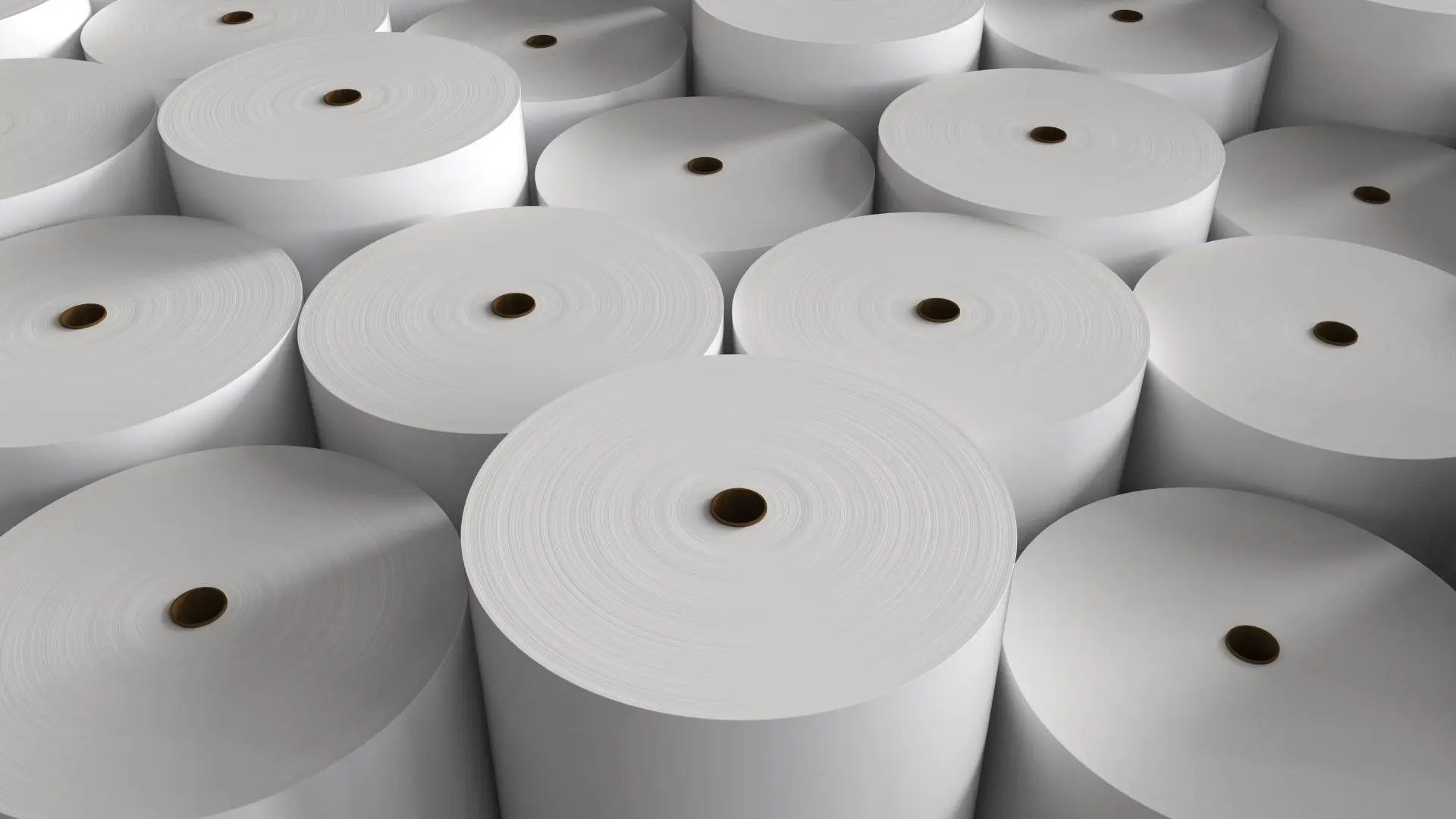
The history of paper has ancient roots. The earliest known map is dated to around 200 BC. and was found in China. However, the birth of paper dates back to 105 AD, when Ts'ai Lun, a dignitary at the court of a Chinese emperor of the Han dynasty, suggested creating paper with tree bark, hemp clippings, rags and old fishing nets. Despite its rudimentary nature, conceptually the process devised by Ts'ai Lun is not very different from those in use today.
Paper arrived in Italy in the 12th century and the first paper mill was born in Fabriano. The Italian paper makers managed to perfect the production: through the use of hydraulic hammers they mechanized the milling of the rags, reducing the production times of the pulp and improving its quality. Until the fourteenth century the only paper mills in Europe were the Italian ones. Subsequently, other paper mills were born in France, Germany and Holland.
However, it was in the second half of the 1700s that the most important evolutions took place, such as the birth of paper without the signs of laying (wove paper) or tissue paper. At the beginning of the 1800s, a machine for the production of very long reels was patented, effectively giving way to the industrial production of paper. A sulphate-based process then made it possible to obtain a particularly robust paper which was called Kraft: this paper would transform the packaging sector.
The turning point that led to the democratization of the use of paper was the use of wood pulp instead of rags. Production became mass-produced, the price plummeted, and paper became a commodity.
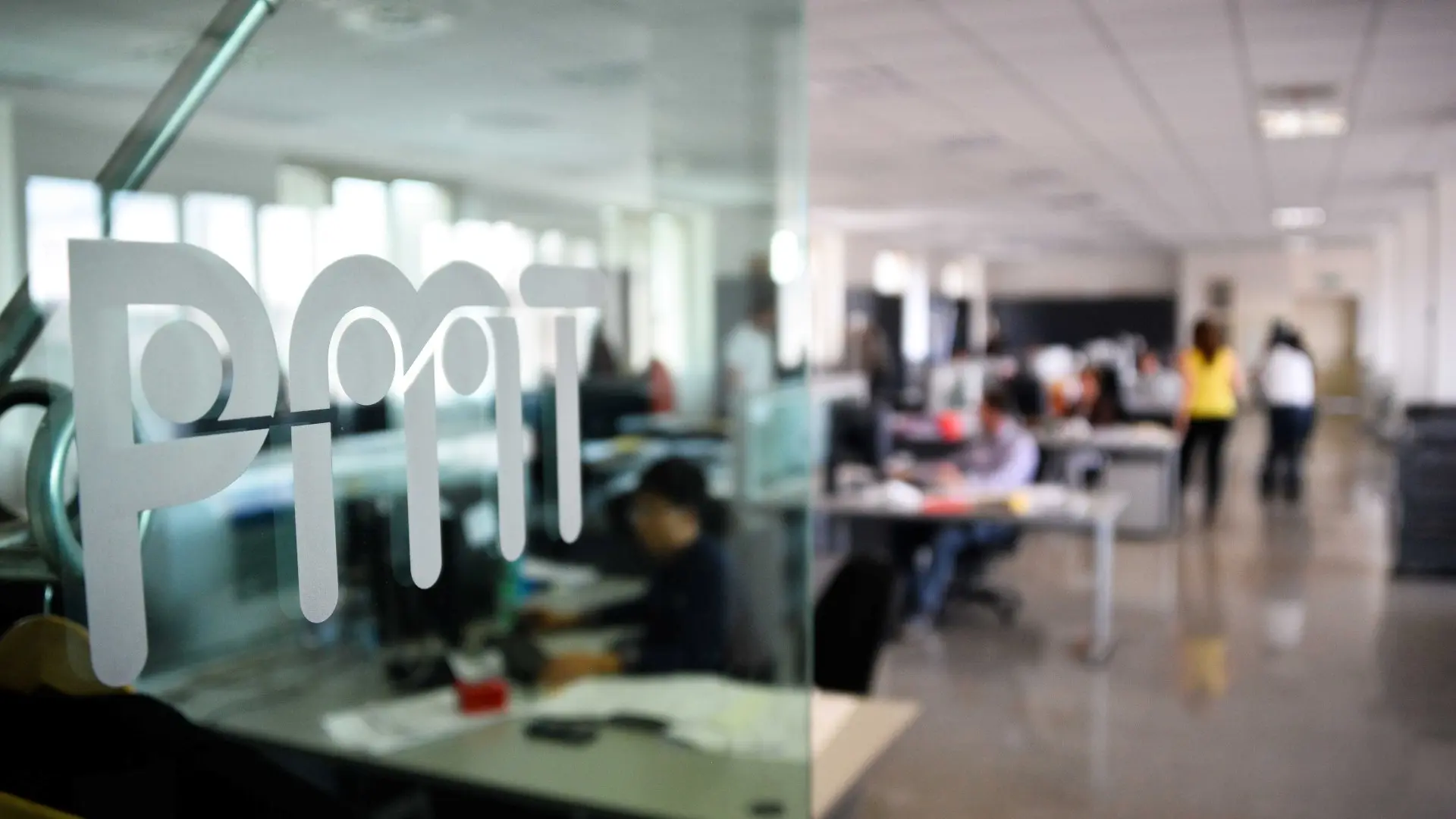
An important contribution to the development of the world paper industry came from the American Beloit Corporation, a company which played a leading role practically throughout the history of paper-making machines, until it became, at the end of the 1980s, the leading company of the sector in the United States and, with its licensees, also in the world. In fact, he had opened branches and signed a series of licenses with companies in England, Spain, Poland, India and Brazil for the construction of machinery. In our country, a single agreement was signed with a company from Pinerolo (TO) which in 1958 assumed the name of Beloit Italia.
In its more than 130 years of life, Beloit has been the main protagonist in the development of the paper industry, thanks to important innovations and the registration of numerous patents still in use today.
Upon the closure of Beloit Corporation in 1999, the patents were acquired by the Finnish company Valmet and the Japanese Mitsubishi, bringing about the end of the flourishing period of technological development and the closure of many offices in various countries around the world. The story of Beloit Italia was different.
This new company, now fully Italian-owned, faced a market in which customers felt the lack of technology suppliers with qualified personnel. In fact, the closure of Beloit had left a large void that had not been filled by the remaining suppliers, especially in terms of rebuilding and modernization of existing plants.
The decade 2000-2010 was strongly influenced by the growth of the Asian market. As new paper mills were being opened in Asia, but especially in China, and dozens of complete plants were being ordered, the large supplier firms were almost completely absorbed by that market, leaving out the European market and, above all, the market of small and medium-sized paper mills.
PMT therefore chose to direct all its efforts on the application of technologies to meet the demand of paper mills seeking solutions to defend their competitiveness from the increasingly aggressive Asia.
Thanks to the vast experience of PMT's staff and the fruitful relationship with customers built over its 40-year history, PMT has rapidly grown to capture an important market share.
More recently, in September 2020, PMT was purchased by the A.Celli Group, which was thus able to keep alive the great collaborative relationship with Italian and foreign customers thanks to PMT's know-how in the packaging paper, cardboard and printing paper sector.
Today Italy is in second position in the European production of paper and cardboard, behind Germany and immediately before France. Our country has an industrial fabric made up of about 300 companies, mostly small and often family-run, supported by some large companies. Italy also has, in the Lucca area, the world's largest concentration of paper mills and manufacturers of paper-making machinery.
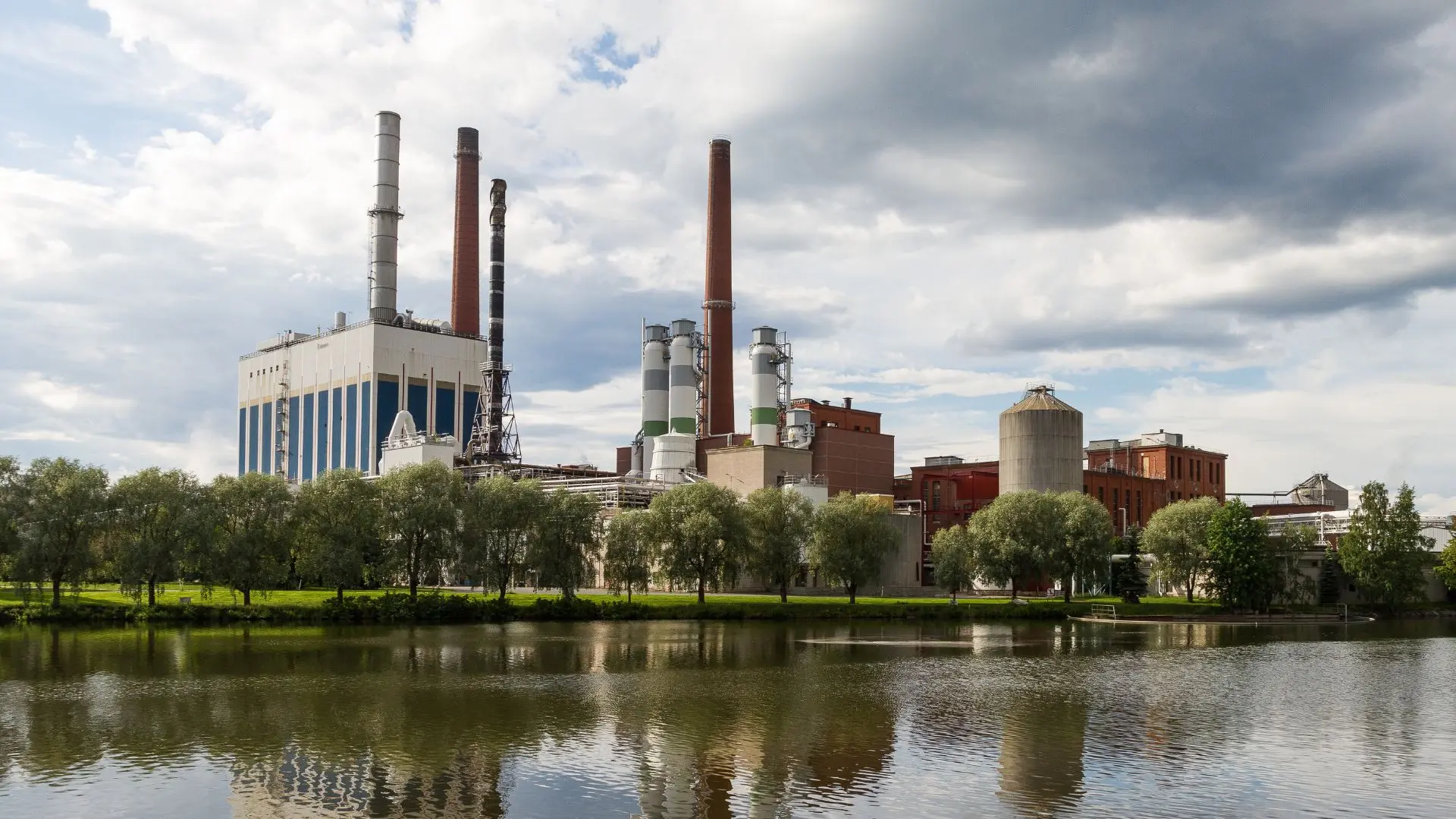
Until recently, the production of paper for newspapers and magazines played a leading role in the Italian paper industry. In recent years, however, things have changed.
The printed paper sector, which dominated the scene until the 1980s, is in fact the victim of a progressive contraction due to the emergence of the Internet. Today, according to data collected by Reuters in its 2022 Digital News Report, in 12 countries (including Italy), the main source of news is the Internet.
Unfortunately, to further complicate the picture, the beginning of the war in Ukraine in 2022 caused a political and economic situation which led, among other things, to an increase in the price of energy sources. The paper industry needs large quantities of both electricity and gas and has therefore found itself facing a serious problem with important repercussions on costs. There are great fears about the consequences that any continuation of the situation could have in the medium term for the plethora of small companies, many family-run, that make up the national paper industry, especially in terms of possible loss of competitiveness against the foreign competitors.
It should be emphasized that a complicated situation such as that created in the face of the Covid-19 pandemic has had a double consequence for the paper industry. On the one hand it was absolutely negative due to the difficult conditions in which it forced us to work and try to fulfill orders, while on the other it offered new opportunities. In fact, there has been a significant increase in the online sales market, both in terms of "classic" e-commerce and in terms of delivery (especially of food products).
This has given a new impetus to the production of packaging paper and has led some paper producers that were in difficulty to reconvert their machinery in order to take advantage of the situation and be able to survive. Moreover, the increasing attention to the environment has also contributed to further increasing the production of packaging, which has led to the replacement of many plastic packages with paper packaging.
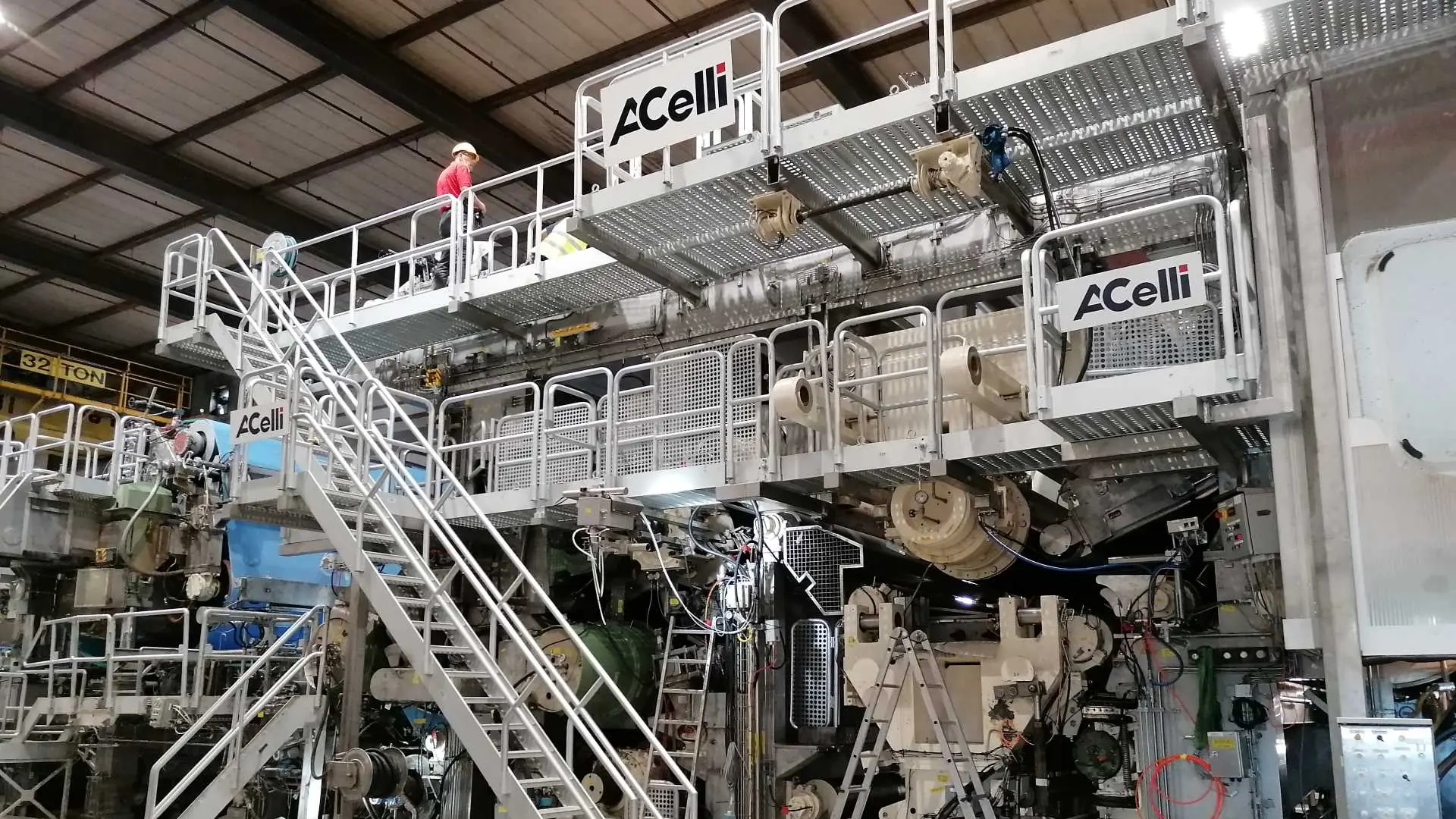
As anticipated, with its entry into the A.Celli Group, PMT has brought in-depth skills with the aim of providing effective and efficient solutions to companies operating in the paper industry. In practice, PMT has tried to apply the technologies conceived and developed to optimize processes and improve production by intervening on the machinery in use or possibly introducing new ones.
An opportunity with a high strategic value that takes on even more importance in a situation that sees many companies in difficulty due to the problems that are afflicting the sector. Furthermore, for certain types of paper, the request is increasingly reduced and it is quite common for the companies mentioned above to use machines with limited performance, due either to age or to not-optimised configurations, which lead to an increase in consumption and the related costs.
To try to become competitive again, it is therefore possible to evaluate a modernization of the machinery or their conversion to produce more profitable types of paper, such as that intended for packaging.
PMT can help in this, which is able to intervene on production machines to optimize the use of raw materials, whether they are virgin or recycled fibres, limit energy consumption and increase reliability and efficiency. In practice, thanks to the rebuilding or conversion of machinery, it is possible to increase profitability and plant safety and produce paper with the characteristics required by the market.
In the event that the best choice is to focus on a complete conversion, A.Celli, thanks to the experience of PMT, is able to carry out an analysis of the plant and the machinery available to evaluate the most appropriate course of action. In fact, PMT can provide technological solutions for each stage of the paper production process, starting from the headbox up to the drying section and reel winding.
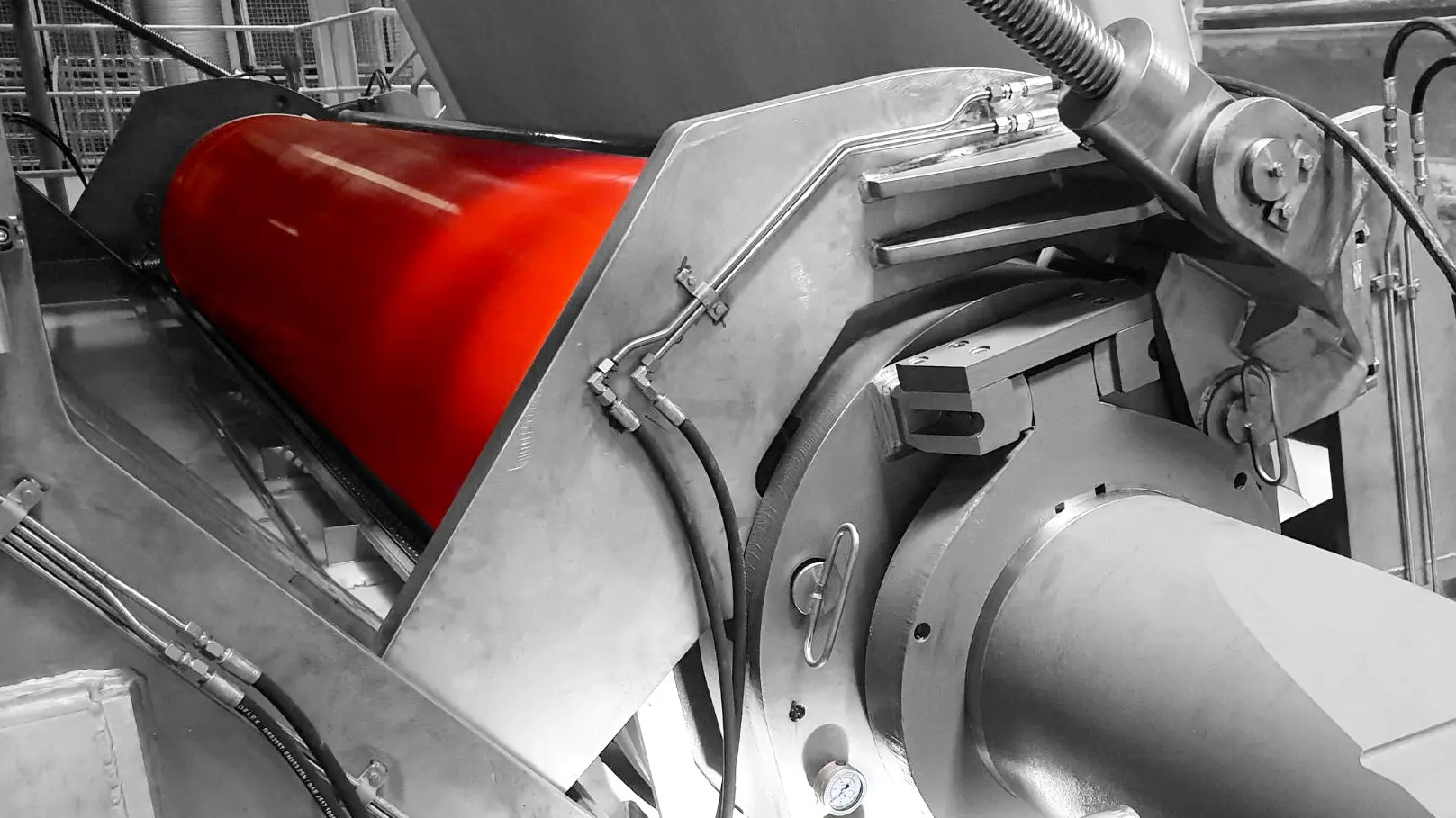
Although Ts'ai Lun formulated the idea of how to produce paper in 105 AD, adapting it to the tools available at the time, his was a really good idea, to the point that even today the principle followed in the paper mills is the same: the fibers they are distributed evenly in the water which is then drained, leaving the fibers bound together.
Today, the most advanced technologies are used to ensure that the process uses raw materials in the most sustainable way, with minimal impact on the environment at every stage, from resources to recycling. The raw material is usually wood in the form of cellulose (virgin fibre) or recycled paper itself. Paper production requires a large amount of water, up to 13 liters per kilogram of paper produced. Other materials used in the manufacture of paper are mineral fillers such as clay and calcium carbonate and chemical additives which vary from time to time in consideration of the specific type of paper to be produced.
Wanting to describe the paper production process in a very schematic way, it can be said that the preparation of the pulp has the objective of pulverizing and dispersing the fibres, fillers and additives in a river of water, creating a liquid with about 1% solid content to be sent to the paper machine. The latter, for its part, aims to produce a continuous sheet of paper by gradually removing almost all the water previously introduced.
Often paper mills, which work with outdated plants, use inefficient processes that involve waste and high consumption. A modernization of the plants, the ideal solution in cases like these, is an operation that should be performed with the help of a competent partner with proven experience, able to recommend the most appropriate interventions to be carried out to obtain the desired results.
Thanks to the know-how brought by PMT in terms of technologies and the principles on which these technologies are based, A.Celli is able to work with companies of all sizes and on all types of paper, being able to introduce the technologies typically used by large companies even in smaller or family ones, with a significant impact on productivity.
If we consider that for a paper mill energy represents on average 30% of the production cost and that 70% of the energy is used to dry the paper in the dryer section, it is evident that one of the priority and most effective objectives is to increase dryness at the exit of the pressing section, bearing in mind that this last operation must be performed taking into consideration the quality specifications required by the single type of paper.
In the history of the pressing process there have been few technological developments so important as to still be a fundamental element in defining a correct concept of press section like the Shoe Press, a concept invented in the early 80s by Beloit and initially introduced in America and Europe in order to increase the performance of the press.
The capacity of the traditional press, made up of two rollers (between which the paper passes) and two felts which have the purpose of removing the water, is limited by the width of the pressure zone which is all the longer the larger the diameters of the cylinders.
The idea of the Shoe Press was to have a 250 mm wide stationary element (shoe) opposed to a cylinder. Above the shoe there is a waterproof tape which rotates at the speed of the opposing cylinder thanks to an oil film between the tape and the shoe. The result is that the paper receives a pressure profile ten times longer than it receives in a conventional press.
Although the shoe press concept is 40 years old, PMT introduced another important innovation in 2003: the SMARNIP Mini Shoe Press.
The origin of this solution dates back to the first application of shoe press on graphic papers in 1994, when it was noticed that the design used, originally developed for cardboard, was inadequate. In fact, the shoe press was oversized for the needs of graphic papers and was often too expensive, heavy and cumbersome, especially in the case of small machines. From here PMT developed a relatively compact shoe press with features designed for small machines, thus expanding the offer also to paper mills that could not afford investments disproportionate to their turnover.
Ultimately, thanks to the experience of PMT and A.Celli Group, we are able to offer numerous technological solutions to improve the press section by applying the shoe press concept in a way suitable for the specific case, in function of the dimensions and characteristics of the plant on which to intervene.